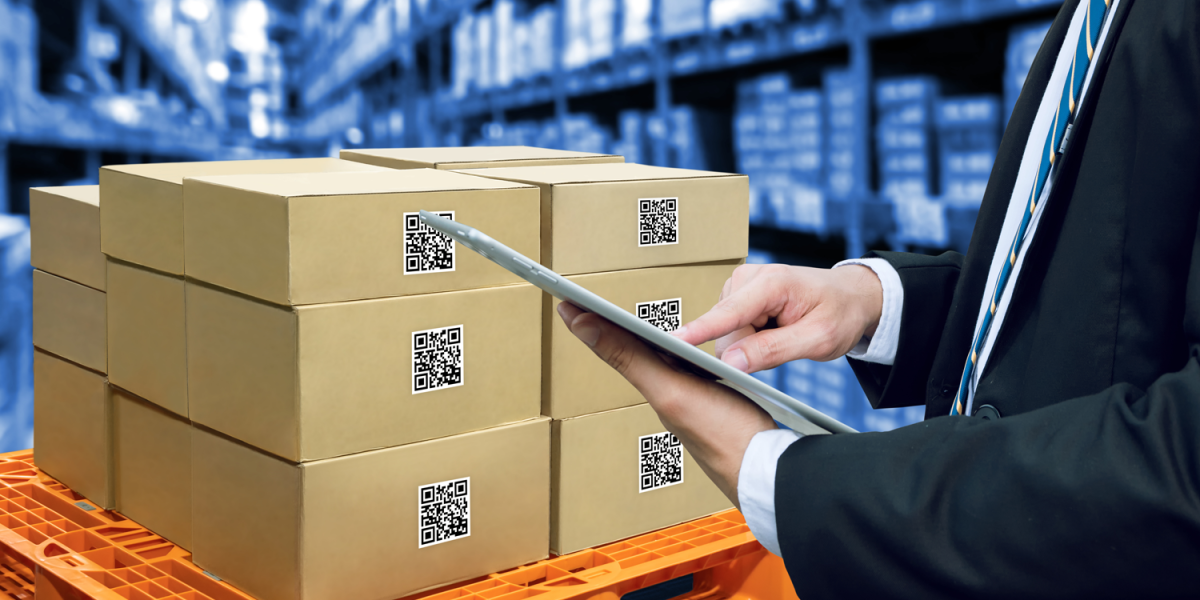You are here

(Editor’s Note: 3E Co. is expanding news coverage to provide customers with insights into topics that enable a safer, more sustainable world by protecting people, safeguarding products, and helping businesses grow. DEEP DIVE articles feature interviews with subject matter experts and influencers as well as exclusive analysis provided by 3E researchers and consultants.)
The European Union’s Digital Product Passport (DPP) will equip regulators and enterprises with the necessary tools to navigate the complexities of the modern global supply chain, according to research by 3E.
Evelyn Ritter, a Senior Solutions Engineer at 3E, and Mackenzie Coon, a Solutions Engineer at 3E addressed the benefits of DPP adoption for various stakeholders, as well as the barriers to improving transparency across the supply chain during a presentation at the Society for Chemical Hazard Communication (SCHC)’s annual meeting 4 October 2023 in Arlington, Va. (To learn more about her presentation, download “DEEP DIVE: EU Digital Product Passports Aim to Bolster Supply Chain Efficiency, Improve Compliance.”)
“It's clear that there needs to be some kind of framework or digitalization of that data, and that does provide clear value for manufacturers,” Ritter said.
Review
DPP is a proposed regulatory framework that covers batteries, electronics, textiles and construction products. DPP is a component of the European Green Deal approved in 2020 and is intended to facilitate greater transparency across the global supply chain, improve compliance through streamlined hazard communication and ensure access to chemical safety data at all stages of a product’s life cycle.
DPP will travel with products like a country passport travels with its owner. As a QR code embedded in a product, it can be scanned to transmit essential information, including circularity and sustainability, compliance and chemicals of concern.
“[DPP] is really meant to ease that process by having a digitized framework which can flow from various tiers,” Ritter said. “The DPP is designed to have different data fields available based on a particular person or stakeholder’s access. The consumer will see different types of data than a regulator or than a recycler or a distributor might see.”
Analysis
The European Commission’s new proposed battery regulation, for example, includes labelling requirements and a carbon footprint declaration, as well as a goal of minimizing the harmful effects of hazardous chemicals used in batteries. A similar proposal has been raised regarding laundry detergent and other product types will be expected to include information on safe use, maintenance and repair, as well as specifications such as the amount of recycled content used in the product.
Producers of building materials are expected to have high levels of DPP adoption due to extant industry standards for traceability and chemical information.
One example is Novalis Innovative Flooring, which has a DPP containing maintenance and warranty Information, product end-of-life options, chemical composition and compliance, embodied carbon data and sustainability certification. The QR code printed on the underside of the product links back to the passport and links back to the product website to provide documentation for the customer.
“It is key that DPPs are easily accessible to all stakeholders and that there is not a financial barrier that holds companies back from being able to publish [them],” said Mackenzie Coon, a Solutions Engineer at 3E. “The DPP requires collaboration across many different languages, time zones, and with complex data sets that have confidential business information in them. The ease of use and accessibility for these stakeholders will be key to the success of the DPP project.”
Learn how Novalis streamlined supply chain data collection using Digital Product Passports.
About the author: Stefan Modrich is a Washington, D.C.-based reporter for 3E. He covers the latest developments in environmental health and safety policy and regulation. Modrich previously wrote for S&P Global Market Intelligence, The Arizona Republic and Chicago Tribune. He is an alumnus of Arizona State University and the University of Zagreb.

 Top
Top